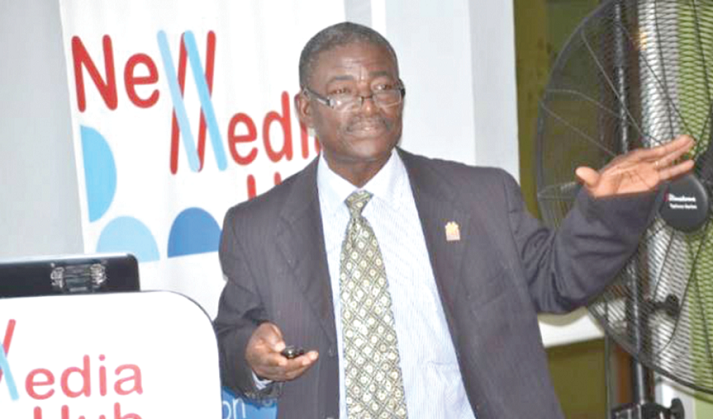
PIAC unhappy with moving cap on Stabilisation Fund
The Public Interest and Accountability Committee (PIAC) has urged government to place a fixed cap on the Ghana Stabilisation Fund (GSF) to enable it accumulate more funds for future use.
The fixed cap, according to the committee, would be a move from the current moving cap that had been placed on the fund, that made room for the removal of excess funds to finance government’s budget.
The Chairman of PIAC, Professor Paul Kingsley Buah-Bassuah, who expressed the dissatisfaction of the committee on the current trend said, the moving cap, PIAC feared, would deplete the fund and make it impossible for the government to rely on it to finance its budget in the near future.
In an interview, he suggested that, “In order to promote the growth of the Stabilisation Fund, the capping policy must ensure a long period of accumulation of transfers into the fund to withstand fiscal shocks that may be caused by fluctuating oil prices. This can be achieved by a higher capping of the fund than is the case now.”
According to him, “the moving cap can assist you to go lower after setting the threshold; the fixed cap will allow you to accumulate a lot of money before you go for money over the excess to finance your budget.”
He, therefore, urged a freeze on the movement of the cap to ensure that funds are accumulated over the long term to ensure that the sanctity of both the cap and the fund are maintained.
“Our fear is if the cap continues moving, there can be a threshold, and no availability of accumulation in the fund and that is going to affect future financing of the budget,” he said.
Following the placement of a moving cap of US$300million of the Ghana Stabilisation Fund in the 2015 Budget Statement, which was subsequently revised to US$150million in July 2015, an amount of US$95.02 million was deemed excess over the GSF cap of US$150million of which 50 per cent (US$47.51million) was transferred to the Sinking Fund account and 25 per cent (US$23.76 million) lodged into the Contingency Fund with the remaining 25 per cent retained in the GSF.
Performance of GPFs
The Ghana Petroleum Funds (GPF) comprises the Ghana Heritage Fund (GHF) and the Ghana Stabilisation Fund (GSF).
In 2015, the GPFs made a net investment income of US$4.5 million, compared to US$5.85 million for 2014. Of this amount, the GSF contributed US$0.53 million, down from US$1.53 million in 2014, while the GHF brought in US$3.97 million, compared to US$4.32 million in 2014.
According to the 2015 PIAC annual report, for the second year in a row (2014 and 2015), withdrawals that were made from the GSF totalled US$124.96 million.
“Approximately 43 per cent (US$53.69) of the withdrawn amount was used to shore up shortfall in ABFA encountered during the first quarter of 2015, while the remaining 57 per cent (US$71.27 million) was deemed excess over the revised moving cap of US$150 million,” he said.
The report further said the balance on the GPFs at the end of 2015 was US$259.38 million for the GHF compared to US$248.92 million in 2014 and US$177.40 million for GSF, compared to US$286.64 million in 2014, bringing total cumulative balance in the GPFs as of the end of 2015 to US$436.78 million, as against the 2014 balance of US$535.56 million.
“The 2015 returns on investment of the GPFs brings to US$13.14 million the total income earned on the funds since 2012 with GHF and GSF accounting for 72 per cent and 28 per cent respectively of the investment income,” the report said.